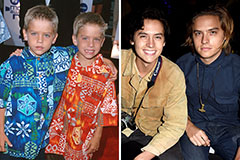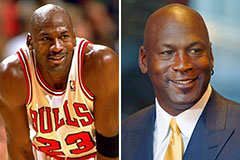The sources of A Course in Miracles may be followed back to the relationship between two individuals, Helen Schucman and William Thetford, both of whom were distinguished psychologists and researchers. The course's inception occurred in early 1960s when Schucman, who was a medical and study psychiatrist at Columbia University's University of Physicians and Surgeons, began to have a series of internal dictations. She described these dictations as via an inner style that identified it self as Jesus Christ. Schucman initially resisted these activities, but with Thetford's support, she began transcribing the messages she received.
Over a period of eight years, Schucman transcribed what can become A Program in Wonders, amounting to three amounts: the Text, the Book for Pupils, and the Guide for Teachers. The Text sits out the theoretical base of the program, elaborating on the core concepts and principles. The Workbook for Pupils a course in miracles ncludes 365 classes, one for every day of the year, developed to steer the audience through a day-to-day training of using the course's teachings. The Manual for Educators offers more advice on how best to understand and show the axioms of A Course in Wonders to others.
Among the main subjects of A Class in Miracles is the idea of forgiveness. The course teaches that correct forgiveness is the important thing to inner peace and awakening to one's divine nature. Based on their teachings, forgiveness is not only a ethical or moral practice but a fundamental shift in perception. It involves allowing get of judgments, grievances, and the perception of failure, and as an alternative, viewing the world and oneself through the contact of enjoy and acceptance. A Course in Wonders emphasizes that true forgiveness contributes to the recognition that people are all interconnected and that divorce from one another is an illusion.
 Ralph Macchio Then & Now!
Ralph Macchio Then & Now! Dylan and Cole Sprouse Then & Now!
Dylan and Cole Sprouse Then & Now! Michael Jordan Then & Now!
Michael Jordan Then & Now! James Van Der Beek Then & Now!
James Van Der Beek Then & Now! Soleil Moon Frye Then & Now!
Soleil Moon Frye Then & Now!